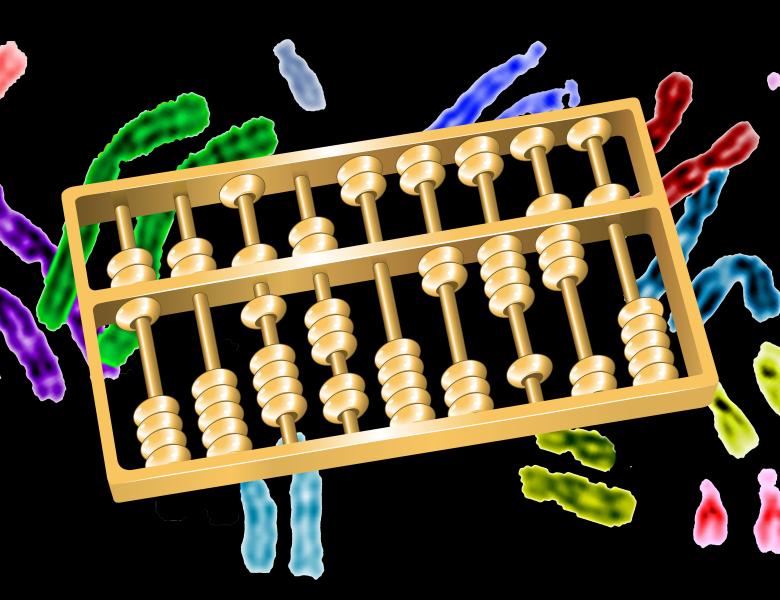The analysis and understanding of non-coding regulatory regions in the genome is a central area of computational biology. Nucleotide changes in gene regulatory elements can lead to various phenotypes, including morphological differences between species and human disease. In the first lecture, we will describe the different types of gene regulatory elements (promoters, enhancers, silencers, insulators), techniques to identify them and technologies that are used to functionally characterize them and better understand their regulatory code. The remaining lectures will focus on computational problems. With multiple biological mechanisms, a large search space and unknown underlying rules, algorithmic challenges arise at multiple points. For instance, a fundamental problem is the identification of non-coding regions that control the regulation of specific genes.
Another classic problem is the identification of over-represented sequence motifs in such a set of DNA or RNA regulatory regions, which may indicate target sites of a specific regulatory protein. Popular algorithms have roots both in (unsupervised) machine learning (graphical models, expectation-maximization) as well as pattern matching and discrete search, and we will discuss the state of this research area in their context.
The first session of this mini course will take place on Thursday, January 21 from 10:30 am – 11:30 am; the second session of this mini course will take place on Thursday, January 21 from 1:30 pm – 3:00 pm.
